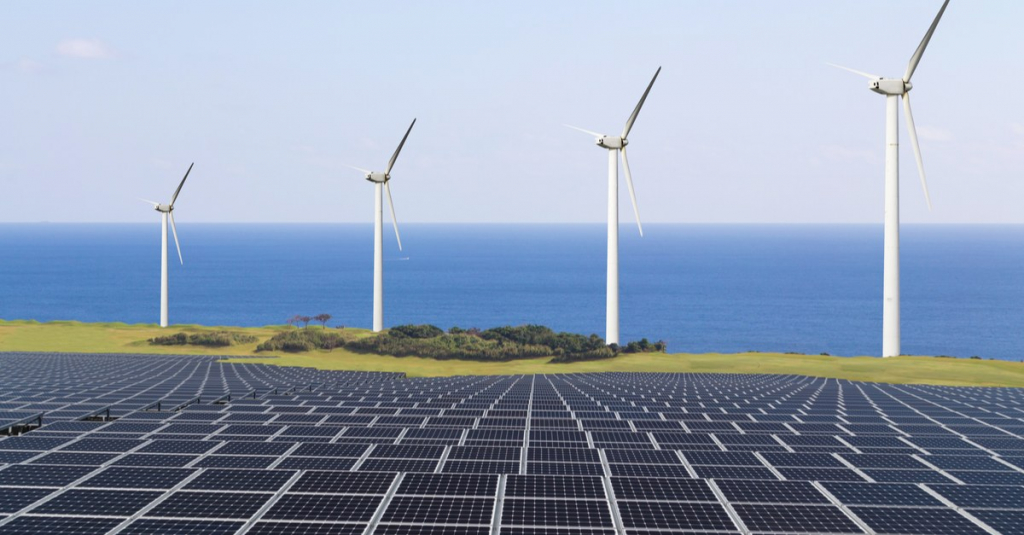
The Philippines has 1,918 megawatts of installed geothermal power capacity making it the country with the highest concentration of geothermal power in Asia (alongside Indonesia) and third in the world, just below the United States. According to a 2019 report, the Philippines will have more demands for solar energy as a renewable source.
While the country is one of the top geothermal energy users, the report also stated that the Philippines are one of the countries in Southeast Asia with the highest shares of renewables in total final energy at 46.5%. And over the years, there have been steps to making the Philippines a more progressive country towards energy.
Last July 22, the Philippine Electricity Market Corporation (PEMC) launched the Interim Commercial Operations of the Renewable Energy Market in their event entitled “Making REMpossible: The Launch of the Philippine Renewable Energy Market Interim Commercial Operations.”
The Philippines launching REM
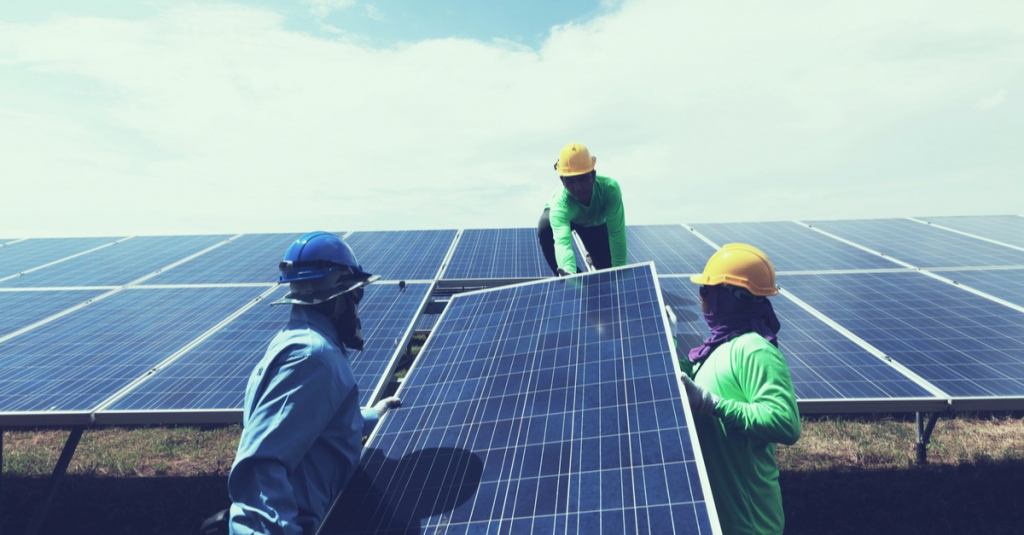
The initiative was a collaboration between the PEMC, the Department of Energy (DOE), and the United Nations Development Programme (UNDP). According to PEMC president Leonido J. Pulido III, the REM will bring more sustainable energy sources to the Philippines as we harness the country’s natural resources. Operations will start on August 26.
The REM will allow investors to buy and sell Renewable Energy Certificates (REC), which will help in sourcing a portion of their power consumption via renewable means. RECs can also give anyone the power to complete their clean power requirements under the Renewable Portfolio Standards (RPS).
RECs are like tracking mechanisms for renewable energy sources. Green sources of energy cannot be distinguished, unlike other forms, and RECs provide tracking while the energy flows into the power grid. Now that there is a REM here in the Philippines, having the requirements for greener energy may be more accessible.
And during the interim period, participants are encouraged to participate in the activities related to having their RECs. These activities may be in the form of training, market-related events, and access to the Philippine Renewable Energy Market System, which is necessary for the registration, REC calculation, issuance, and other functions.
NREP Consolidated RE roadmap
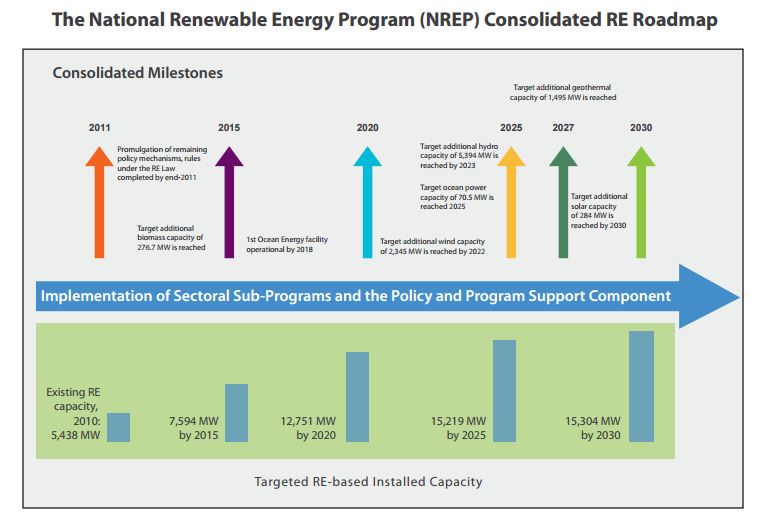
The REM is designed to attract more people to invest in renewable energy sources. This way, it will meet the goal of the National Renewable Energy Program (NREP) to have renewable energy sources sharing 35% of the total power generation mix by 2030 and 50% by 2040.
The NREP is the roadmap for the country’s compliance with the Renewable Energy Act of 2008. This law provides the framework for using and commercializing renewable energy sources, biomass, solar, wind, hydropower, and other forms of renewable energy that might be available in the future.
According to a DOE report, there have been 363 installed around 7,400 megawatts worth of renewable energy sources by the end of 2019. Around 363 of these are for biomass, 1,928 for geothermal, 921 for solar, 3,760 for hydropower, and 427 for wind. However, there has been a decline in renewable energy use from 2010 to 2019.
From 26% in 2010, there has been a 2% decrease in renewable energy use in 2019. The culprit for this is the significant increase in coal power usage from 34% in 2010 to 55% in 2019. Director Mylene C. Capongcol, Officer-in-Charge, DOE’s Energy Management Bureau, said there have been renewable energy initiatives since 2011, but “this is not enough.”
Director Capongcol added that there are improvements that will support renewable energy usage in the following years. And despite the setbacks, the NREP generated PHP 21 billion worth of investments for renewable energy, and 168,400 jobs were created in research and development, installation, and construction, among others.
Who can join the Renewable Energy Market (REM)?
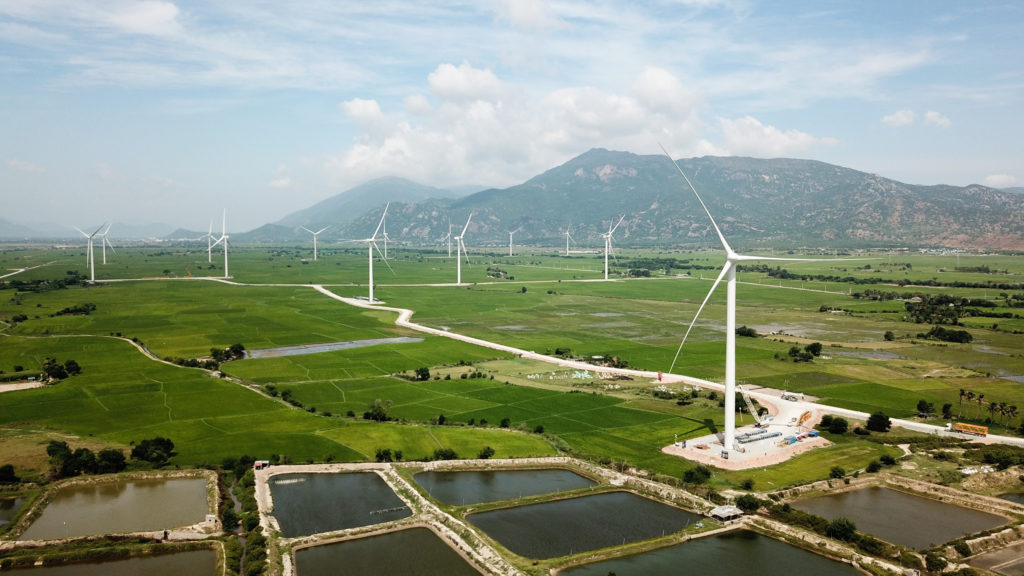
Suppliers to end electricity users in off-grid and on-grid areas can join the REM. Companies that own eligible renewable energy facilities in on-grid and off-grid areas are also allowed to join.
If you are interested in becoming a REM member, you should be at least:
- Resident in, or is permanently established in, the Philippines
- Not under external administration as defined under any law applicable to that person or entity in any jurisdiction
- Not immune from suit in respect of the obligations of a REM Member under the REM Rules
- Capable of being sued in its name in a court of the Philippines and qualified to be registered under no less than one (1) REM Member category
Can REM reduce energy costs?
If renewable energy becomes available to the public, it can certainly reduce energy costs because it creates competition against electricity that uses coal and fossil fuels. And not to mention, renewable energy is relatively cheaper because it is present everywhere. Of course, the biggest contribution of renewable energy is its reduction of greenhouse gases.
How can the Philippines improve its renewable energy use?
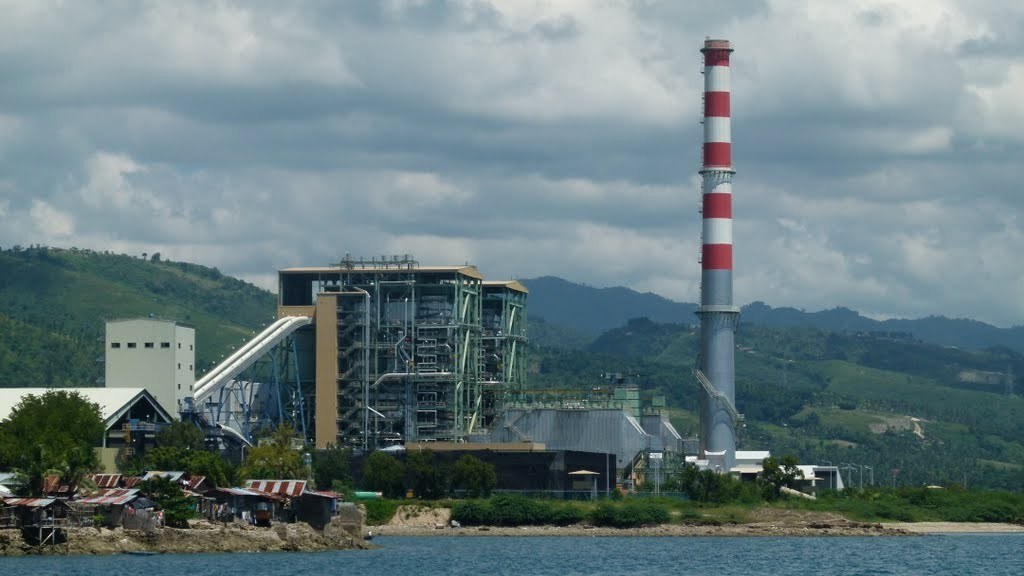
According to the International Renewable Energy Agency, there are several steps that the Philippines can take to improve the state of renewable energy in the country. First, the government should raise public awareness about renewable energy, especially in regions where electricity from coal is expensive.
A comprehensive grid evaluation with grid stability can help Luzon, Visayas, and Mindanao. Infrastructure analysis can go a long way in knowing the kind of renewable energy source a province may have. Some provinces might benefit more from wind energy, while others will benefit more from hydropower.
The Philippines is a country that can tap into various sources of renewable energy, and relying solely on it can become a reality if the Marcos administration pushes this effort further. In 2021, the country’s total energy consumption is 106,115 Gigawatt-hours. A renewable source can be more economically beneficial because the country no longer has to import oil from other nations.
There have been steps to making the Philippines greener. The The Philippines has been using geothermal energy and is one of the major players in the renewable energy market in Southeast Asia. Who knows, maybe the country would no longer have to rely on fossil fuels one day.

Read more from our Real Estate Blogs
Visit our archives by clicking the link button


